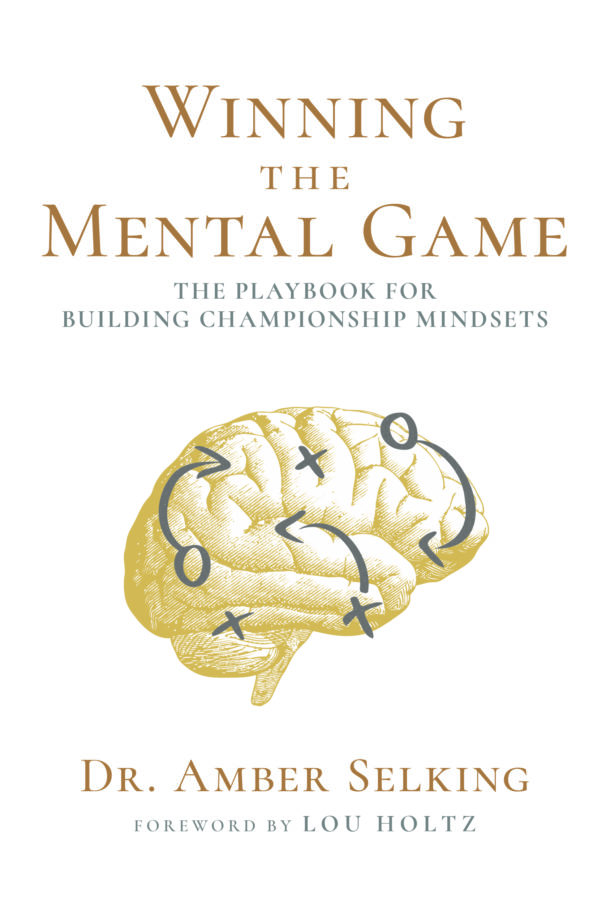In today’s world of technology where information and access are nearly instantaneous, the human attention span has decreased to a mere 8 seconds: one second less than a shimmery goldfish who registers in at 9 seconds. Speed, efficiency, and fast-processing are not only valued, but are also reinforced by the tools and systems we now have.
Please don’t get me wrong: I love technology, and even more, I love efficiency. But as I sat in the woods overlooking Lake Michigan during Wakonse 2015, an annual teaching conference/retreat that I had the opportunity to attend this year, I started seeing things differently. There wasn’t just trees, sunshine, and water. There were shades of green in the leaves that surrounded me. There was interplay of light and shadows as the sun peeked through the canopy above me and onto the dirt path before me. The water possessed a gradient of blue that connected directly into the sky.
With no cell service or internet connection, my brain had little to do but be still. And in that stillness, I wasn’t just looking at things…I actually saw things: nuances, details, meaning.
Our brains are like muscles, and as such, we can condition them. For athletes, or any performer really, nuances, details, and meaning are important for continued pursuits of excellence. Efficiency is good, but detailed efficiency can lead to even better decision processing in the heat of battle. Technology is great, but just like I challenge my athletes to use their sport instead of allowing their sport to use them, we must use technology instead of letting it use us: to detach us, to interfere with relationships, to train us to not truly see the gradient of greatness that surrounds us, every minute of every day.
Don’t just look…see.
Don’t just eat…taste.
Don’t just listen…hear.
Don’t just breathe…smell.
Don’t just experience…feel.
The US Military is one of the largest employers of sport psychology trained graduate students and in their mental performance training, front line soldiers are trained in a 3×3. Every time they advance to a new position, they are trained to go through a 3×3: What are three things you see? Three things you hear? Three things you feel? The intent is to bring them into the present moment and help them make effective decisions, literally in the heat of battle.
This simple exercise can start training your brain to truly engage in the present moment. We don’t always have the luxury to fully disconnect in order to reconnect, but being intentional about increasing our awareness and engaging with the present can stimulate a greater sense of nuance, detail, and connection. And as we start to truly see, we start to dramatically increase our ability to be successful in the moment, making decisions that position us and our team to achieve optimal results.

